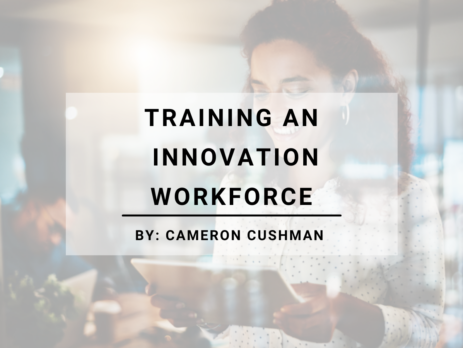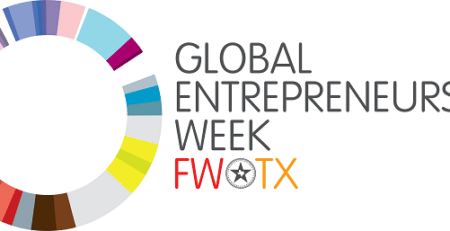Workforce development. It seems like everywhere I look someone is talking about developing our local workforce to meet the demands of today’s employers. But what does this really mean and more importantly, how do we actually develop our local innovation workforce?
If you ask just about any local entrepreneur or CEO, they will tell you that hiring the right kinds of employees is one of their biggest challenges. It’s a challenge for BNSF and Lockheed Martin to hire qualified rail line and manufacturing workers. It’s a struggle for retail establishments to hire front line workers and restaurants to hire cooks. But these are all established jobs that currently exist, so there’s broad knowledge and training available. But how do you train workers for jobs that don’t exist yet?
You train them in how to innovate and constantly learn new skills.
So, how do you train them to innovate?
First, you have to train them how to think critically. Our culture has gotten too far down the path of “teaching to the test” and we’ve focused too much on regurgitating information to pass exams. Critical thinking skills are a must, followed closely by “out of the box” thinking that is original and novel. This will undoubtedly come easier to some than to others, but teaching people to be more innovative can become a learned skill through practice.
Another important skill required in training an innovation workforce is instilling a sense of wonder in the workers of tomorrow. Questioning the status quo and challenging established norms can lead to the kinds of solutions that our future will require. Many successful entrepreneurs grew up with parents, teachers, coaches or other influences asking them, “what problems did you see in the world today and how would you solve them?” Challenging the next generation to seek out these problems that need to be solved and nurturing their potential solutions to these problems can create learned behavior that will increase as they age and mature.
Finally, basic information evaluation skills will be required. As we enter the next phases of the information age (or whatever lies beyond it), distinguishing truth from fiction is becoming a harder and harder task. The workforce of the future will need to understand the differences between a peer–reviewed study and something they read on Buzzfeed. Survey data is not as reliable as a double–blind human clinical trial. These may seem obvious, but teaching the next generation how to tell the difference and use that information to create better solutions will be critical to the development of an innovative workforce.
Of course, other things will be required, like training dollars and increased academic programs at all levels, but keeping these principles in mind can help “futureproof” education for decades to come.



